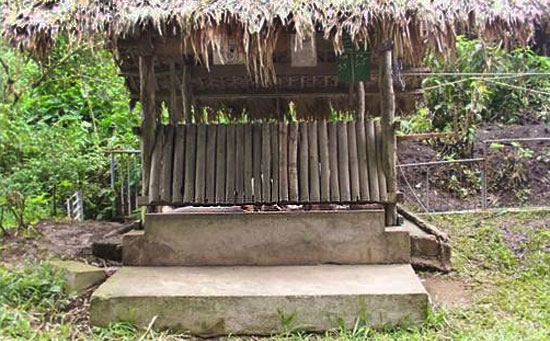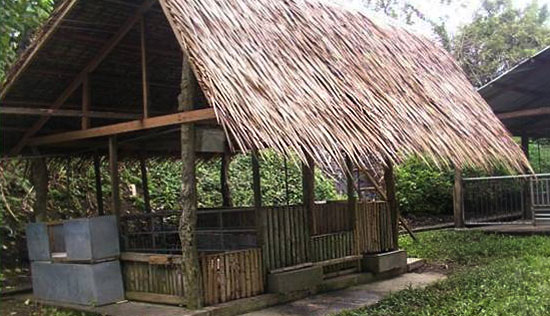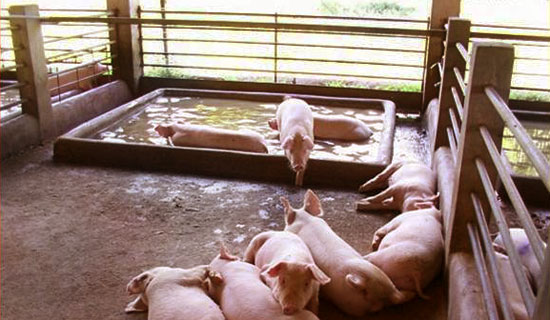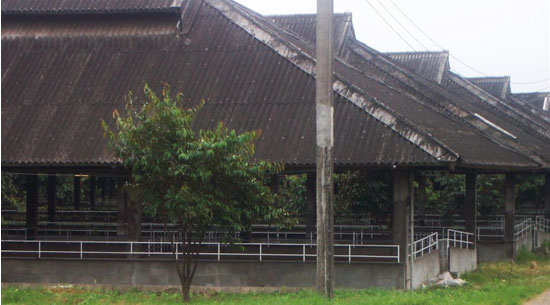The PHP 160 billion hog industry is the second leading contributor to Philippine agriculture coming in second to rice despite being almost exclusively without government subsidy.
The country’s swine total inventory as of January 1, 2008 was estimated at 13.7 million head, up by 1.80 % compared to last year’s level. Backyard farm initial stocks this year went down by 1.00 % while, commercial farms inventory registered a 9.37 % increase against initial stocks of 2007. About 71 % of the swine population are raised in backyard farms while 29 % are in commercial farms.
The swine industry which accounted for 80 percent of total livestock production registered a 2.72 % growth in 2007. The gain in production was noted during the 2nd and 4th quarters of 2007 when more animals were slaughtered.
In 2007, the average annual price received by farmers was P71.26, about 2.83 % higher than the 2006 price. Similarly, the average wholesale price of live hogs in Metro Manila went up by 0.77 %. Annual average retail price in Metro Manila increased by 0.83 % from the record set the previous year.
The Bureau of Agricultural Statistics (BAS) stated that Philippine hog production dipped slightly from 1.89 tons in 2007 to 1.86 tons in 2008. The most notable decrease in stocks was the numerous losses incurred by farms mainly in Luzon due to diseases like hog cholera, PRRS, Pseudorabies, Swine Flu and Circovirus in the last year. The disease scare was such that farmers immediately sold their pigs for fear of getting hit by the continuing drop in market price while feeling the increase in prices of commercial feed as well as the basic ingredients like corn.
In terms of value, however, the pig sector posted an 11.29% increase with PHP 149.59 billion (USD 3.16 billion) from PHP 134.42 billion (USD 2.84 billion) in 2007. The BAS attributed the growth to improved farm prices which averaged PHP 80.61 (USD 1.70) per kg in 2008 compared to PHP 71.27 (USD1.51) per kg in 2007.


The above pictures show typical backyard pens made of indigenous materials like nipa or cogon grass for roofing, coco lumber, bamboo for sidings and cement for feeders and flooring.


Typical commercial farms above where pigs are housed accordingly in sections i.e. breeding, farrowing, nursery, grower and finisher. During the summer season, pigs from starter to breeders are provided wallows. The pool is cleaned twice a week.
While backyard pens are very cheap, it is estimated that commercial farms will spend around PHP 4000 (€60) per m2. Building Cost Estimate (300 Sow Level).
| Area | Cost/m2, € | |
| Gestation | 720 | 109 |
| Farrrowig | 800 | 179 |
| Nursey | 600 | 157 |
| Finishig | 2000 | 119 |
Total Cost of Buildings Ave. 60 €/m2





